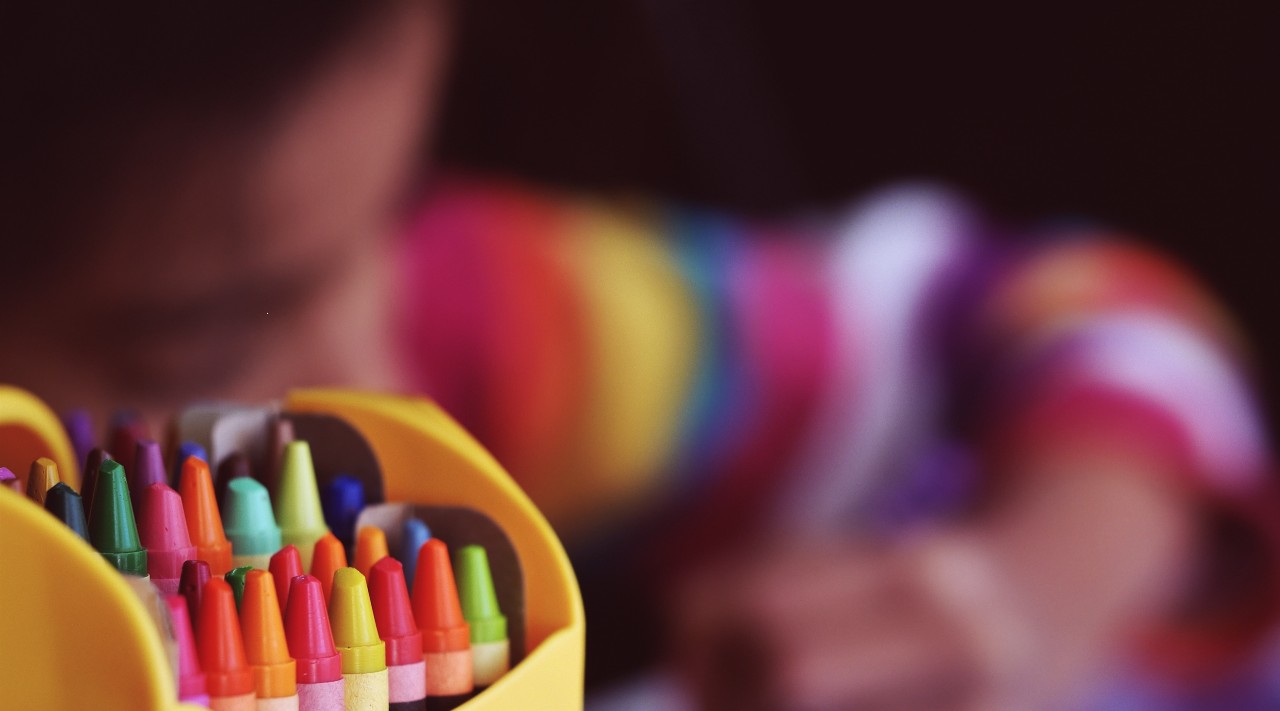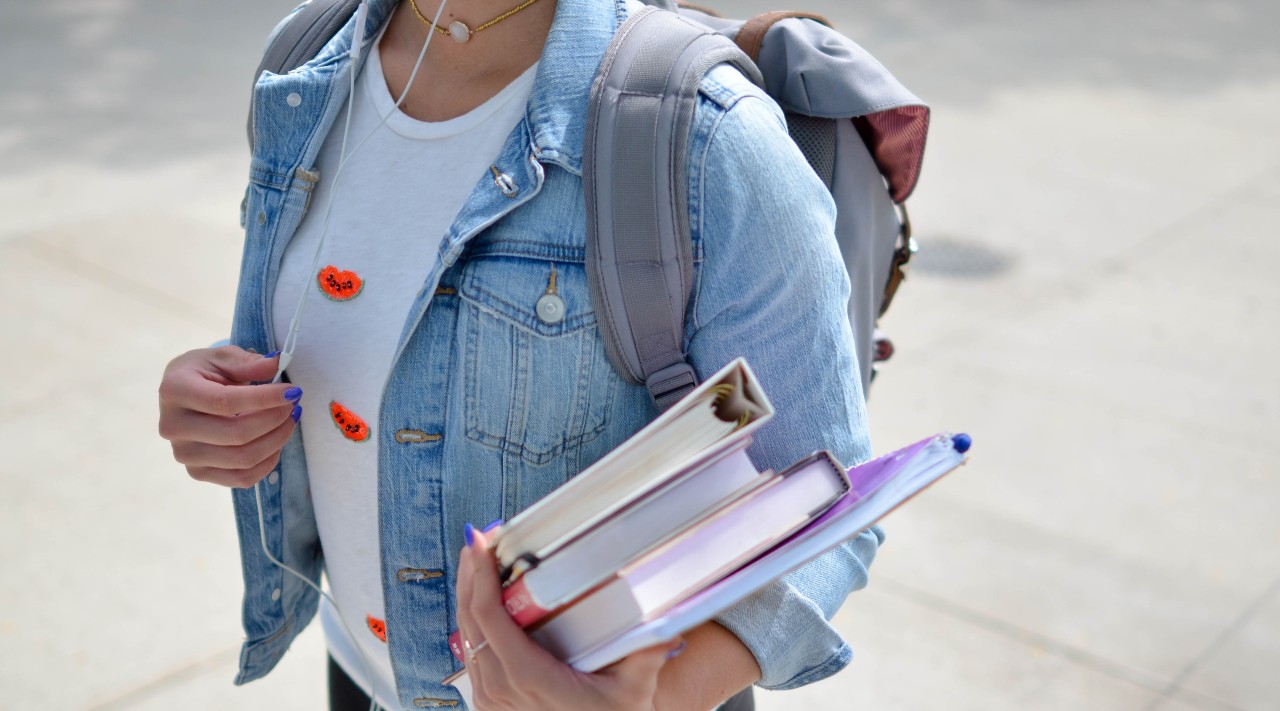- For Advertisers
UNDERSTAND AND IDENTIFY
Audiences
Fuel campaign performance with laser-focused targeting
- For Publishers
- Company
- Resources
- Consumer Research
- Understanding Consumers
Back To School Shopping Trends 2022

What will be the biggest back to school shopping trends of 2022 in the United States, and how will this school shopping season differ from past years? That’s what we wanted to find out.
Key Themes
- Back-to-school (BTS) shoppers are likely the same shoppers as weekly grocery shoppers, but they are shopping differently.
- Inflation and a commodity approach to BTS goods is leading to needs-based/price-based decisions. BTS shoppers largely see school supplies as a commodity, meaning price and value are key drivers of purchase decisions this year.
- Our data shows that this will be a highly competitive BTS season for retailers to attract this valuable shopper base.
- Online having more of an impact on supplies and apparel than in grocery (despite the “buyer” overlap.)
- Three-fourths plan to spend the same or less on BTS – there’s going to be a price war for these valuable shoppers. Ancillary value to these shoppers is meaningful, as 58% are going to buy other goods while doing their BTS shopping.
2021 Overview
Last year, InMobi research around the 2021 back-to-school shopping season found that school shoppers were most likely to say they were buying clothing and accessories – and that they plan to spend $250 or more on elementary school students and at least $850 on college students. Further, InMobi’s 2021 survey found that back to school shoppers plan to spend more money shopping online via mobile devices than they would spend in person.
Similarly, numbers released by the National Retail Federation in July 2021 predicted that “[f]amilies with children in elementary through high school plan to spend an average of $848.90 on school items, which is $59 more than last year.”
All of these numbers point to the optimism consumers had heading into the 2021-2022 school year. At the time, it seemed like remote learning was finally a thing of the past, with a return to in-person learning imminent or in full swing across the country.
What, then, is the year-over-year prognosis for back-to-school shoppers? Compared to last year’s optimism, shopping overall this year continues to be colored by inflation, ongoing supply chain issues, labor shortages and more. Are consumers ready to spend this back-to-school season?
That’s what we wanted to find out. Earlier this year, we polled over 1,000 consumers across the country using InMobi Pulse, InMobi’s mobile market research solution, to see how they were thinking about and buying school supplies.
Here’s what we uncovered.
Highlights:
- Although in person is still the top purchase method for school supplies (83% said so, which is six points higher than what we observed in 2021), third-party apps (30%), websites (24%) and store apps (19%) had large shares of usage.
- Online shopping for school supplies is similar to 2021 trends. This shows that there is growing comfort with a return to in-person shopping, but also that online is here to stay.
- 40% of back-to-school shoppers are likely to purchase bundled supply kits. Directionally, parents of Pre-K/K students are most likely to buy kits (49%).
- 60% said they have bought snacks for themselves or for their children for use in school, while 50% said the same thing about apparel.
Understanding Overall School Spending Habits
Based on our data, it’s reasonable to assume that school spending is expected to increase somewhat this year.
One in four said they already have spent more on school supplies in 2022 compared with 2021, while 22% said they spent less money.
- Close to a third said they have spent more on apparel this year compared with the previous year, while 18% have spent less.
- 38% said they spent more on snacks in 2022 compared with 2021, while 17% said they spent less money.
Understanding School Supplies Buying Habits
Overall, 59% said they have recently bought school supplies for themselves or for their children. For those with children in middle school, that figure shoots up to 70%.
The vast majority (83%) of these purchases happen in person, with 24% using a store’s website. Further, 30% said they use a third-party website or app (like Amazon) while 19% use a store’s own app.
This year, we also wanted to ask about school supply kits, in which multiple related items are bundled together. The research showed that 40% would be likely or highly likely to buy these kits – and for those with younger children, the percentage jumps up to 49%.
The top choice by far for purchasing school supplies is Walmart, with two-thirds of shoppers saying they would be turning to Walmart. Other top options included Target (36%), Amazon (31%) and Dollar General (29%).
School Supply Shopping Motivators:
- Price (61%)
- Availability of Certain Items (42%)
- Promotions or Discounts (35%)
- Quick Delivery (16%)
- Online Ordering Options (16%)
- Loyalty Program (12%)
Interestingly, school supplies shoppers are not one-track minded. The research found that 58% were likely or highly likely to also buy non-school supplies during their back-to-school shopping.
Understanding Apparel and Snacks Buying Habits
Here’s what our research uncovered around apparel and snacks shopping for school.
Apparel
- 50% said they have recently bought apparel for themselves or for their children for use in school.
- 79% buy apparel in person, while 31% use a third-party app or website and 23% use a store’s own app.
- 50% buy apparel from Walmart, with other popular options including Target (35%), Amazon (29%), Kohl’s (28%) and Old Navy (28%).
Snacks
- 60% said they have recently bought snacks for themselves or for their children for use in school.
- 86% buy snacks in person, while 14% use a third-party app or website and 14% use a store’s own app.
- 62% buy snacks from Walmart, with other popular options including Dollar General (27%), Target (25%), Amazon (14%) and Gopuff (5%).
How To Launch a Successful Back-To-School Advertising Campaign
With the back-to-school shopping season about to begin in earnest, what can brands and retailers do to make the most of this time of year? Based on the data from InMobi Pulse, here are some key points to consider.
Target parents, not students. Parents, especially those with younger or middle school-aged children, are much more likely to spend – and spend more – than parents with older kids or students themselves. Many parents are focused on price, so messaging should highlight value.
- Brick and mortar should be an area of focus. Across the board, a lot of back-to-school shopping is likely going to happen in person. For one, that means brands should make sure their brick-and-mortar locations are ready to handle the demand. Brands and retailers should also consider tactics that are proven effective at driving footfall, like mobile ads with custom maps to the nearest store location.
- Digital channels are still vitally important. Even though consumers are back to buying in person, that doesn’t mean that digital channels should be neglected – far from it, in fact. Many consumers will still shop online. Furthermore, digital advertising is often an ideal way to reach consumers; this is especially true with mobile – not only will time spent on mobile rise in 2022, but the fact that it’s always with consumers makes it an ideal marketing channel. Just because shopping is predominantly going to be in stores, according to Pulse results, the product discovery and browsing behavior should still largely be influenced via digital.
What are your thoughts on what our data reveals about 2021 back-to-school shopping trends? Let us know on social media! You can reach out to us on LinkedIn, Twitter, Facebook or Instagram.
Interested in learning about InMobi, our data and our approach to mobile? Reach out today to speak with one of our mobile experts.
Stay Up to Date
Register to our blog updates newsletter to receive the latest content in your inbox.









